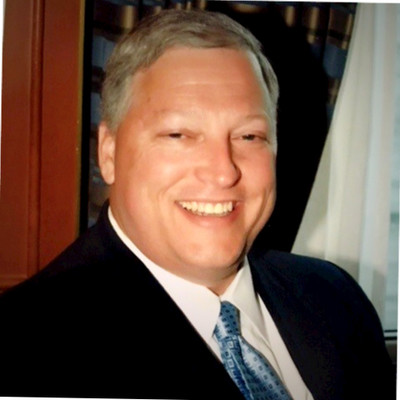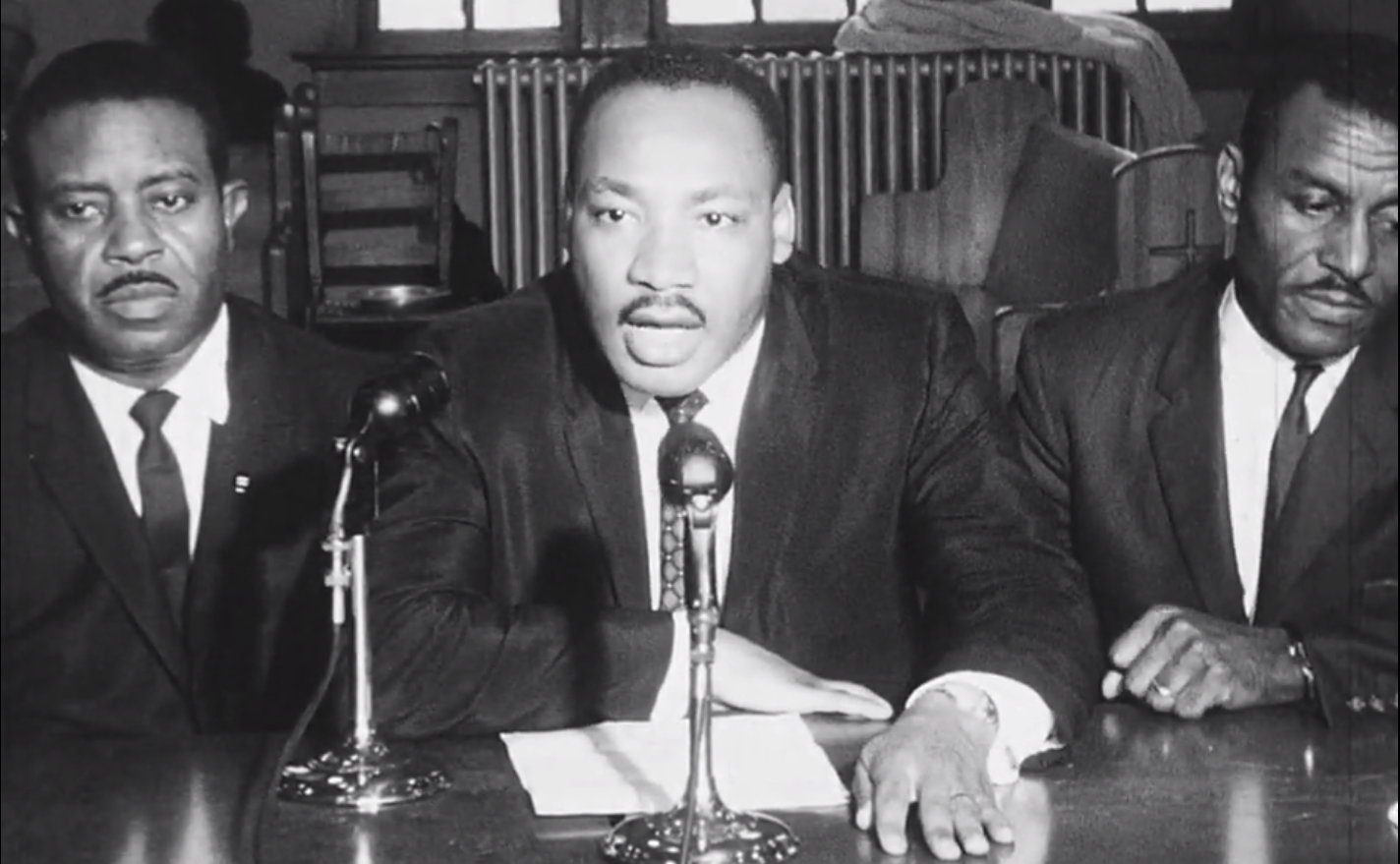WSFA Montgomery expects to digitize 3,600 hours of the station’s archived news footage going back to the 1950s. Read what important historical events they’ve uncovered so far, and why a state agency came on board to help.
A time capsule unearthed in Montgomery, Ala., is expected to provide 3,600 hours of recorded history of events going back six decades in the city and the state.
The time capsule sits in 500 boxes from the news footage archives of WSFA over more than six decades of coverage since the Gray NBC affiliate in Montgomery signed on the air on Christmas Day 1954.
The original footage was recorded in a variety of formats from film to ¾-inch to Beta, and were given to the Alabama Department of Archives and History (ADAH) to digitize.
The sheer size of the collection, plus the variety of formats, presented challenges.

In a story posted by WSFA when the partnership was announced earlier this month, Meredith McDonough, ADAH’s digital assets coordinator, said: “A lot of these formats rely on obsolete equipment that’s really difficult to acquire and maintain. We lack the tools needed to digitize or even view this kind of material.”
WSFA started this process when it moved into a new downtown facility near the Capitol building in Montgomery. The station determined that it wasn’t feasible for the massive number of delicate film reels and boxes of video to make the journey across town to its new home.

“The question was, what do you do with it? Throw it away, which would be a crime, or find someone or a group to take it,” says Mark Bunting, WSFA’s GM.
Sensing the need to preserve what amounted to 65 years of Alabama’s history, Mark Bunting, WSFA’s GM, picked up the phone and called ADAH.
Bunting told them that he had a treasure trove of materials at the station but nowhere to put them in the new facility, and thus began the partnership.

“It was one of those kind of chilling moments where the hair stands up on the back of your neck,” says Steve Murray, ADAH’s director.
Murray says the early footage from the 1950s, ’60s and ’70s represents a connection to Alabama and the country’s civil rights history.
“The opportunity to see in motion and with audio some of the individuals who played such important roles both in leadership and also in the rank and file of advancing the civil rights movement has been really fantastic,” Murray says.
Examples from the first 15 hours of digitized footage, which is only one-half of 1% of what’s available, are Martin Luther King Jr. speaking at a press conference in 1964; President John F. Kennedy and Vice President Lyndon Johnson visiting the Marshall Space Flight Center in Huntsville; civil rights demonstrations in Selma; and Gov. George Wallace making his “stand in the schoolhouse door” at the University of Alabama.
Nearly all of the footage hasn’t been viewed since it aired on WSFA back in the day.
“God only knows what is still there,” Bunting says. “If it’s film, there’s a little piece of paper handwritten in pencil which is taped to the reel providing a brief description.”
Some film and tape pieces have become delicate, meaning time and the elements are taking a toll on the ability to recover what’s on them. Therefore, ADAH is working with outside vendors that specialize in archival audiovisual digitization to help process the collection.
Funding for all of this started with an organization called the Friends of the Alabama Archives, which is providing the money to do some sample digitization, but in the end, there will be state money involved, Murray says.
He says the sample digitization process sought examples from different time periods from different formats, and also different types of topics like civil rights, “but also sports, Alabama football and just daily life in Alabama, those popular interest stories that show up in local news markets. The streetscapes, the restaurants and the places that people remember visiting when they were kids with their families. This material is going to generate lots of conversation about what their communities were like as they were growing up. It is just really exciting to think about how this can be kind of a stimulating public resource.”
Beyond the nostalgia the footage will generate for the general public, other groups like documentary producers and other media outlets recognize the value of this content, Murray says.
“We are especially interested in promoting this in educational settings, K through 12 certainly, but also higher education,” Murray says.
“It is really an expression of civic responsibility on the part of stations like WSFA who are willing and committed to find a solution that allows this incredible historical resource to continue to serve the public,” he says.
Bunting says the digitization is “preserving history and people can learn from what is in there. Everybody in the state and country can benefit from this and I hope more TV stations can find partnerships like this.”
Click here to see digitized examples on WSFA’s website.
Click here to see digitized examples on the Alabama Department of Archives and History’s website.
 WTVY, Gray’s CBS and NBC affiliates in Dothan, Alabama, needs a Director of Marketing, a Marketing Producer and a Digital Content Producer. WTVY News 4 is the #1 local media organization producing news, weather and original content for the Wiregrass region of Alabama, Florida and Georgia. Located in downtown Dothan, AL, WTVY has been the area’s favorite local broadcaster since 1955. News 4 takes pride in our winning culture and reputation as the “Hometown News Leader.” Experience the energy of Dothan’s impressive economic growth, while still enjoying a very comfortable cost of living. Click here for more specifics and how to apply.
WTVY, Gray’s CBS and NBC affiliates in Dothan, Alabama, needs a Director of Marketing, a Marketing Producer and a Digital Content Producer. WTVY News 4 is the #1 local media organization producing news, weather and original content for the Wiregrass region of Alabama, Florida and Georgia. Located in downtown Dothan, AL, WTVY has been the area’s favorite local broadcaster since 1955. News 4 takes pride in our winning culture and reputation as the “Hometown News Leader.” Experience the energy of Dothan’s impressive economic growth, while still enjoying a very comfortable cost of living. Click here for more specifics and how to apply.






Comments (0)
Reader Interactions